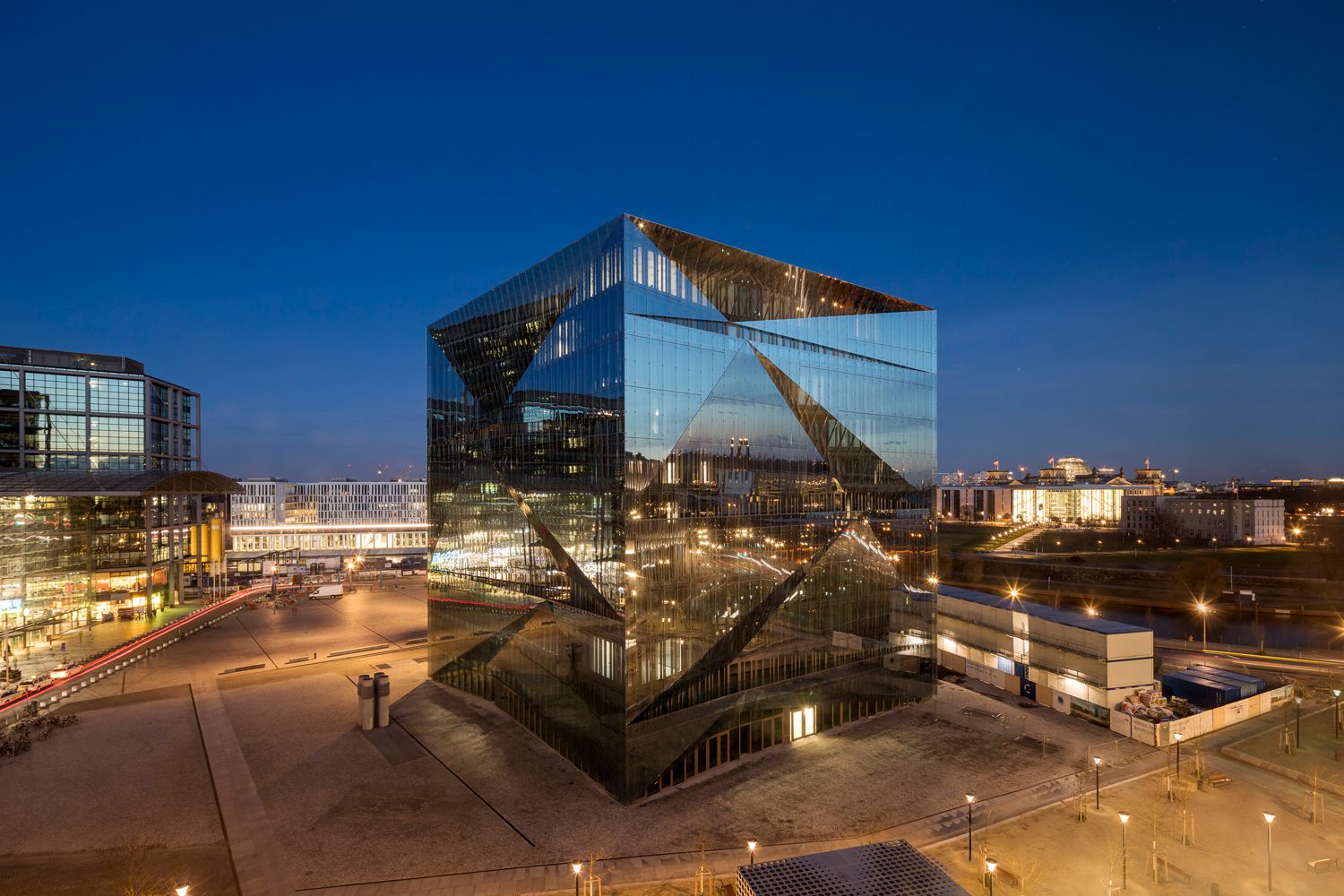
Cube Berlin | Photo: Adam Mørk
RECAP THE BUILDINGS FEATURED IN CO.SPACE SERIES BY GUARDIAN GLASS, WHICH DEMONSTRATES THE REMARKABLE VARIETY AND POSSIBILITY OF WAYS GLASS CAN BE USED IN BUILDINGS OF VARIOUS TYPES, TO HIGHLIGHT THE EFFICIENCY AND VERSATILITY OF THE ENDLESS POTENTIAL MATERIAL – GLASS
TEXT: WARUT DUANGKAEWKART
PHOTO COURTESY OF GUARDIAN GLASS EXCEPT AS NOTED
(For Thai, press here)
All of the pieces in the CO.SPACE series demonstrate the remarkable variety and possibility of ways glass can be used in buildings, regardless of whether they are residential, condominium, high-rise, or educational. Glass has been employed to achieve diverse architectural forms, offering a deeper insight into the greater freedom and potential in design the material is able to offer in addition to its basic utilitarian benefits.
Glass is an integral part of the spectacular architectural form of Herzog & de Meuron’s Elbphilharmonie Hamburg, where the façade’s three-dimensional features are rendered by an assembly of multiple glass panels. With Fjordenhus (‘Fjord house,’) where artist Olafur Eliasson and architect Sebastian Behmann collaborated to create a house with artistic sculptural form, the architectural framework of the house is made up of connected cylindrical masses with hollow, concave interiors that serve as various living spaces. Curved glass is used to assist the design in achieving the desired aesthetic result with curving elements that correspond with the architecture, making the house an intriguing example of unique architectural design and material utilization.

ELBPHILHARMONIE HAMBURG
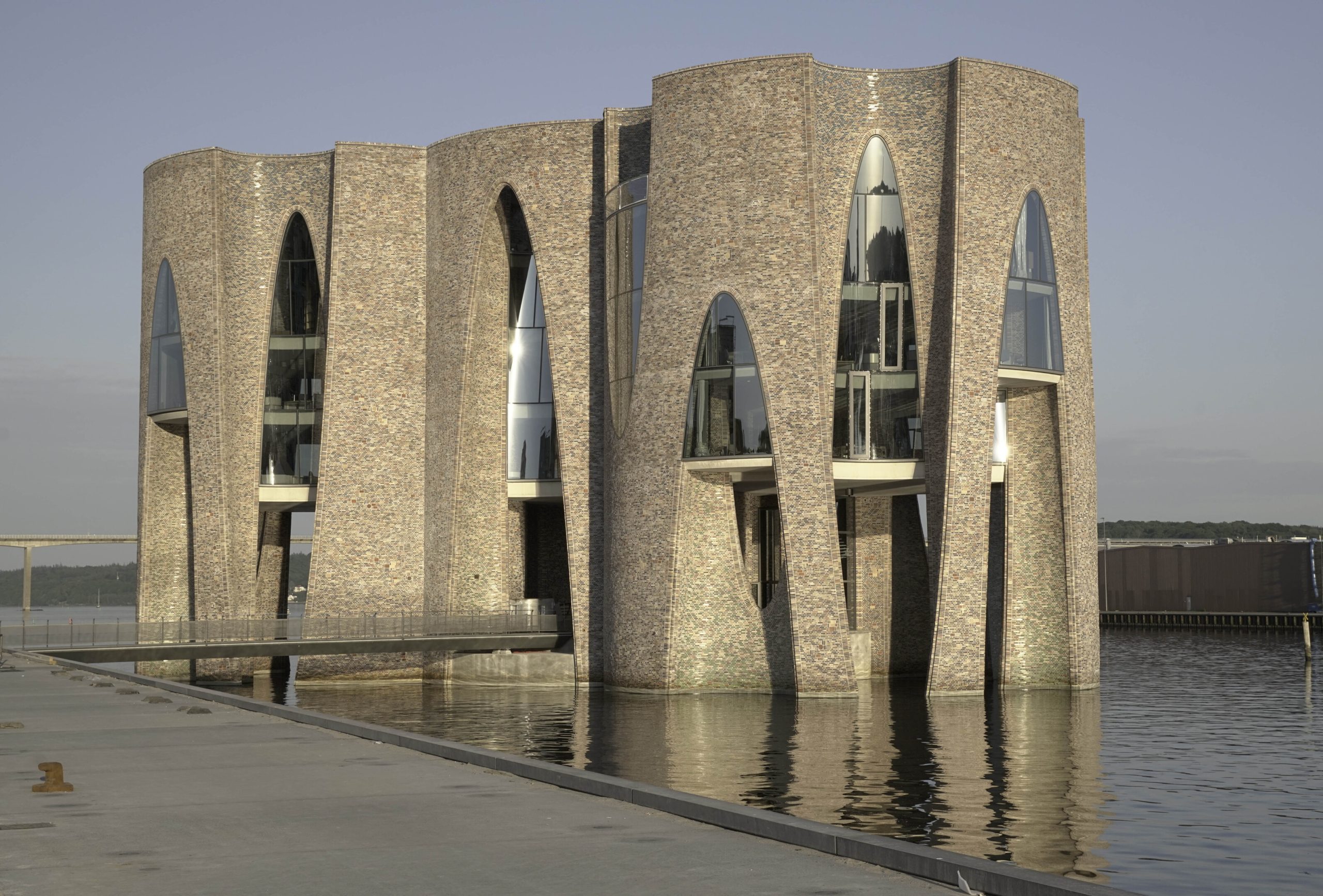
Fjordenhus (‘Fjord house’)

Fjordenhus (‘Fjord house’)
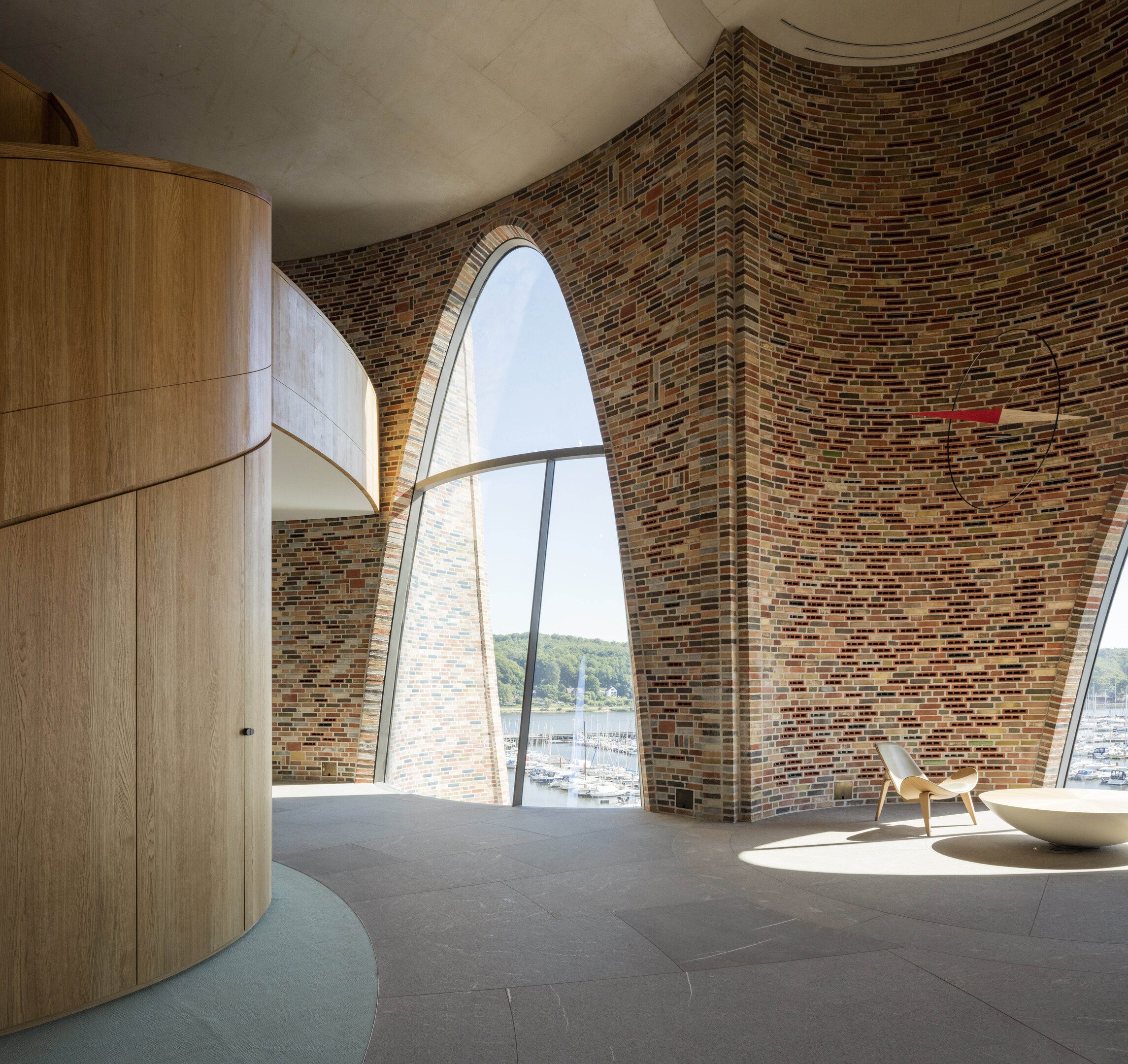
Fjordenhus (‘Fjord house’)
There are also projects where glass serves as the principal material of the façade, as a result of the architects’ attempt to create stunning built structures with harmonious visuals. Cube Berlin by 3XN Architects is one of the noteworthy examples. The glass walls, which give a dynamic deviation of light and reflection of the surrounding setting, distinguish the building as a municipal landmark. The Maraya Concert Hall is the world’s largest mirrored building, with mirror covering the entire structure as the building skin, mirroring the vast panorama of the desert and mountains around the site. While both structures are built to employ glass as the complete skin, the exceptional properties of the glass allow them to achieve the desired aesthetics while still being energy-efficient.
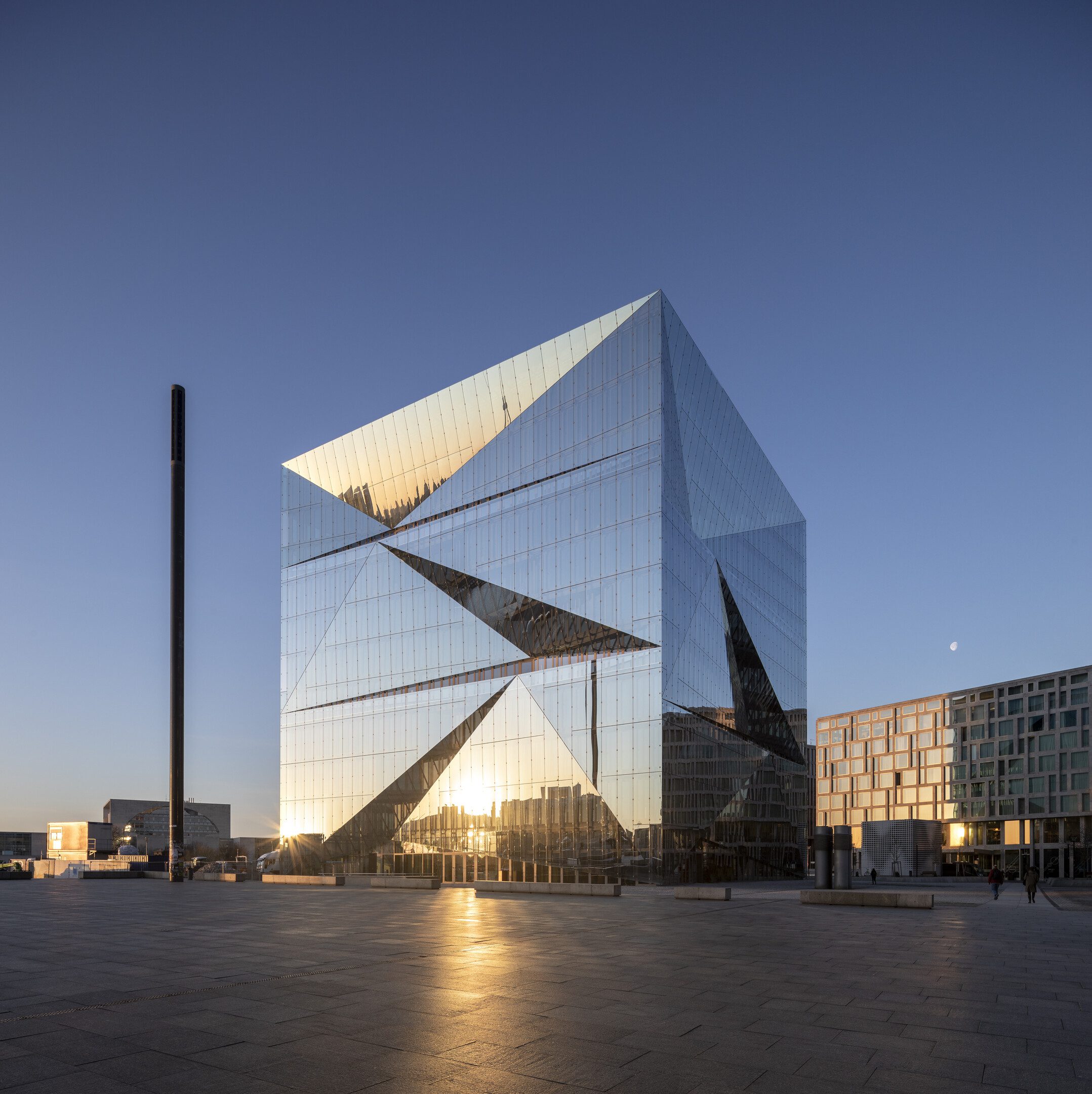
Cube Berlin | Photo: Adam Mørk

Cube Berlin | Photo: Adam Mørk
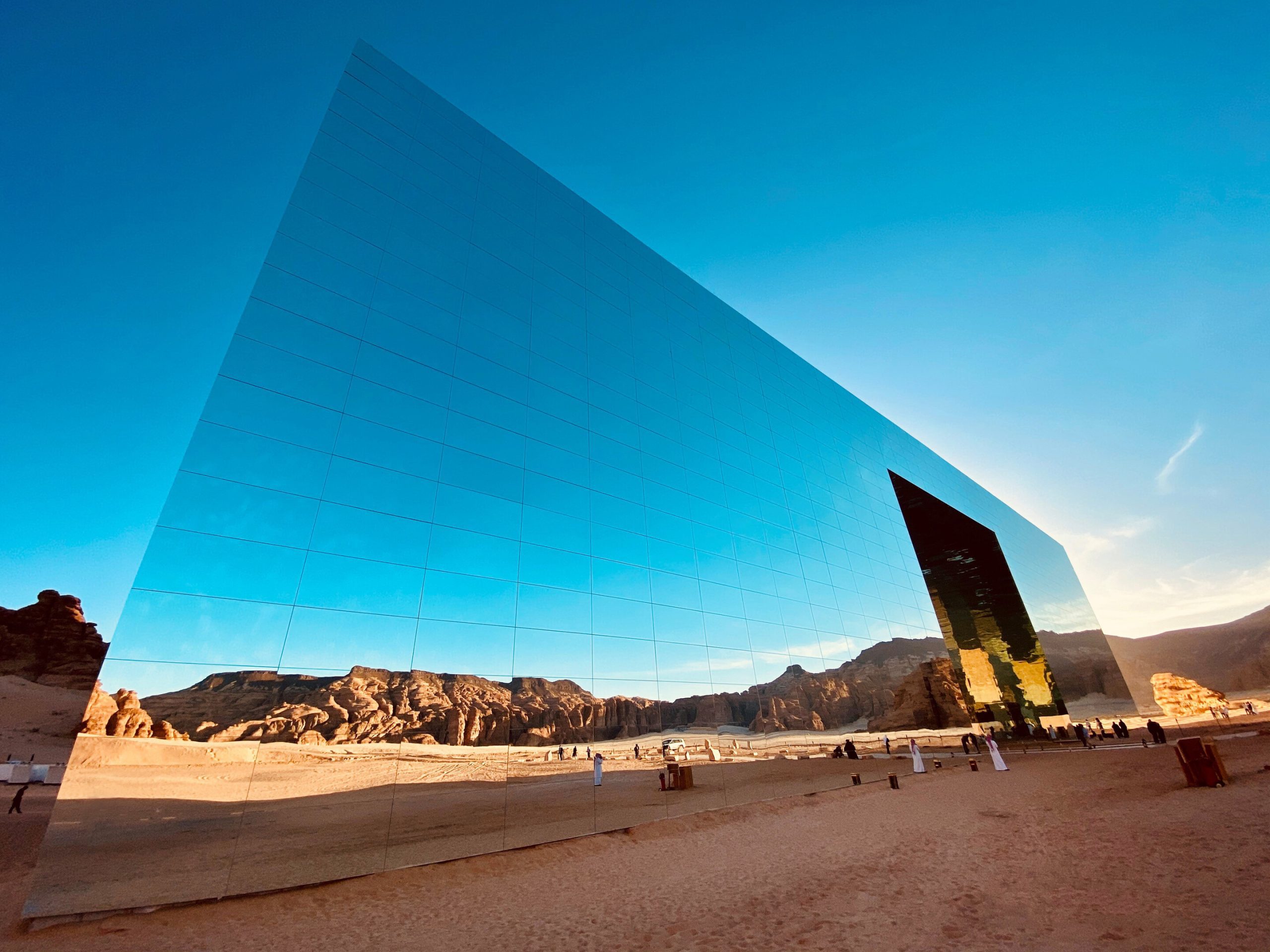
Maraya Concert Hall
Meanwhile, the openness of modest projects like La Casa del Desierto, created by OFIS Architects allows for a 360-degree vista of the desert. The glass employed as the primary building material of the house is efficient enough to protect the interior space from the heat in the summer while efficiently keeping the cold from infiltrating the house in the winter.
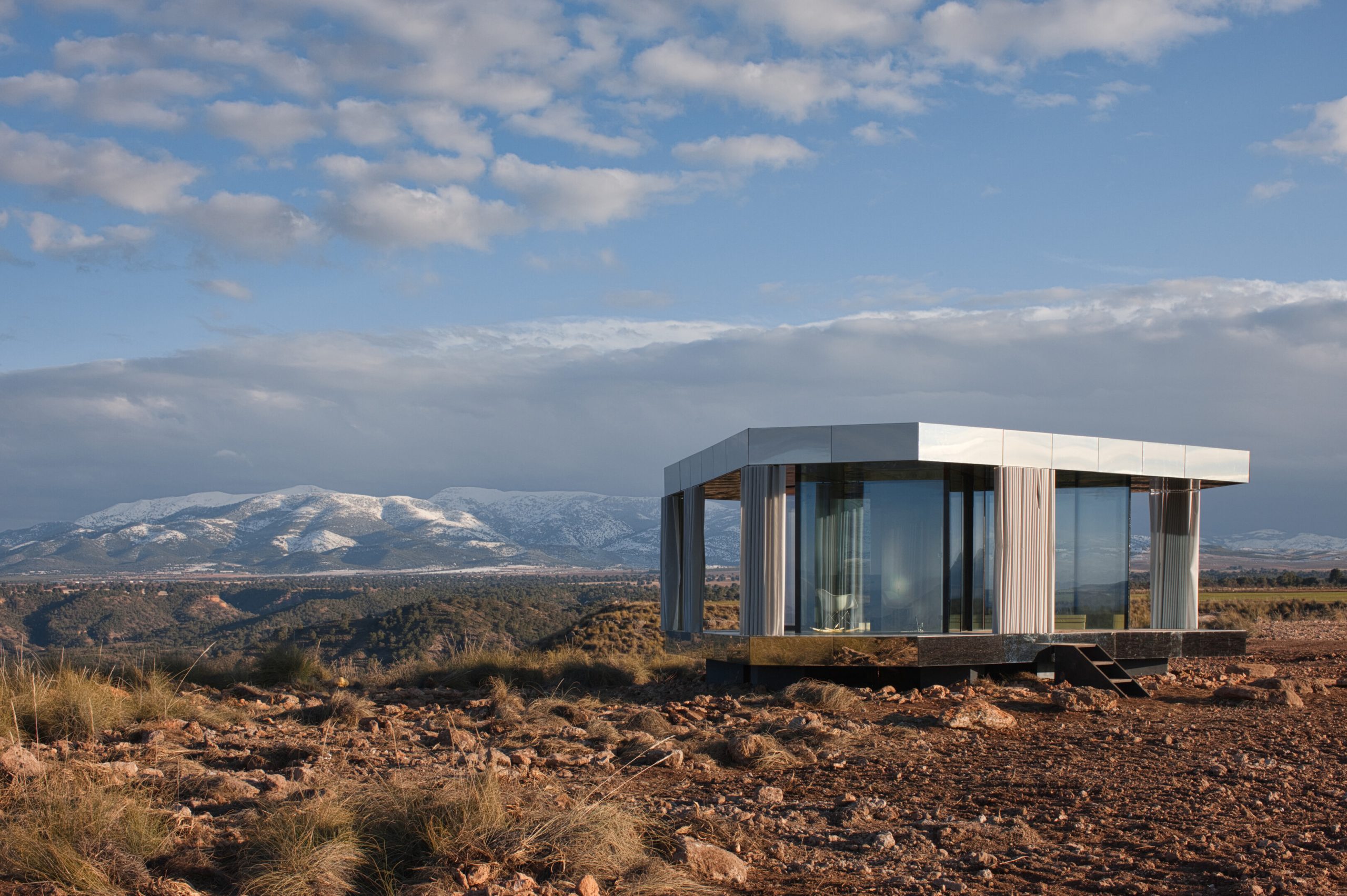
La Casa del Desierto
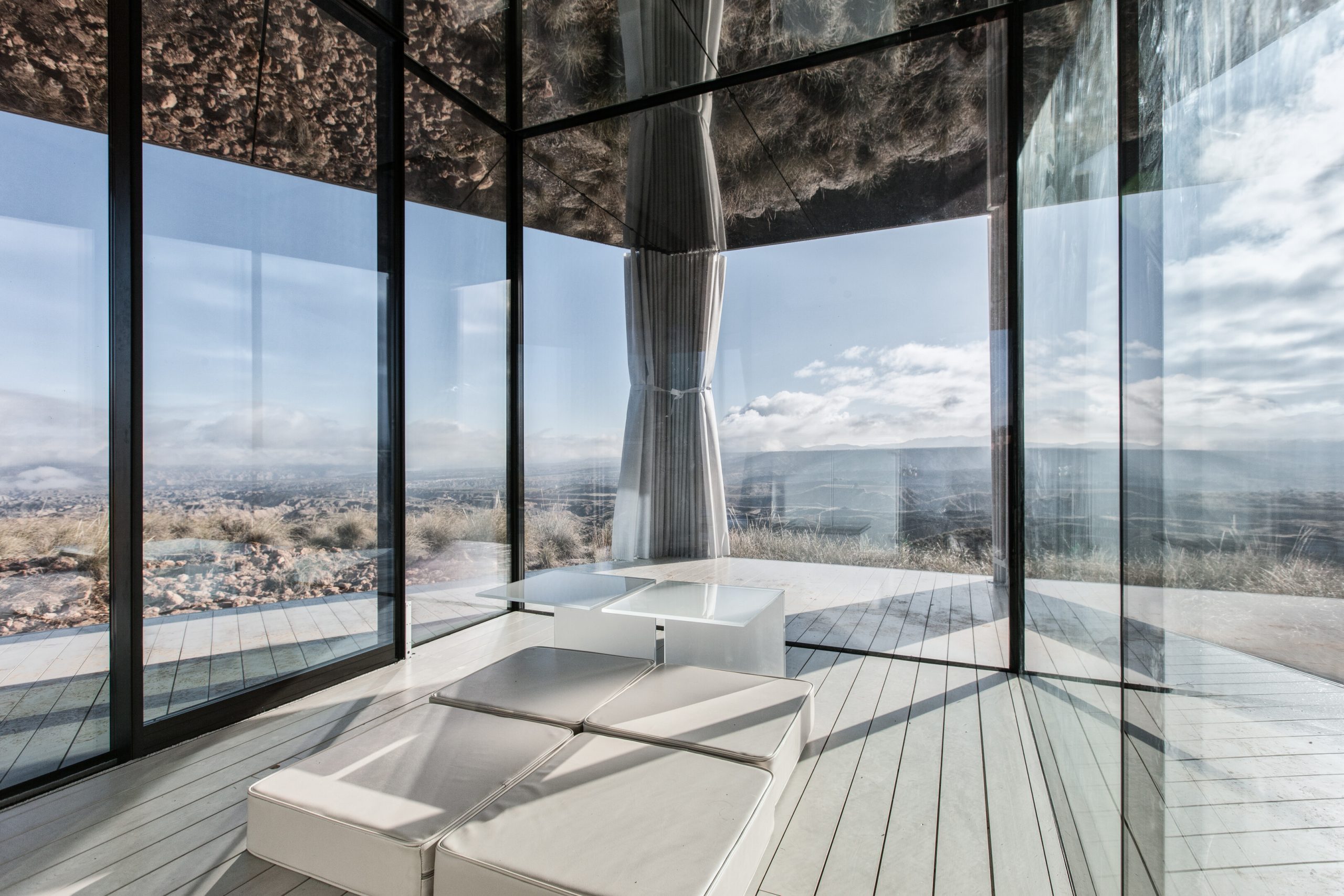
La Casa del Desierto
Regardless of type or style, if an architect or designer possesses a thorough understanding of the materials being utilized or researches their intricacies well enough, a work of design with more fascinating dimensions can be made. Guardian Glass continues to innovate in order for the incredible variety and high level of efficiency of its products to help every designer and architect make their ideas and imaginations come true.
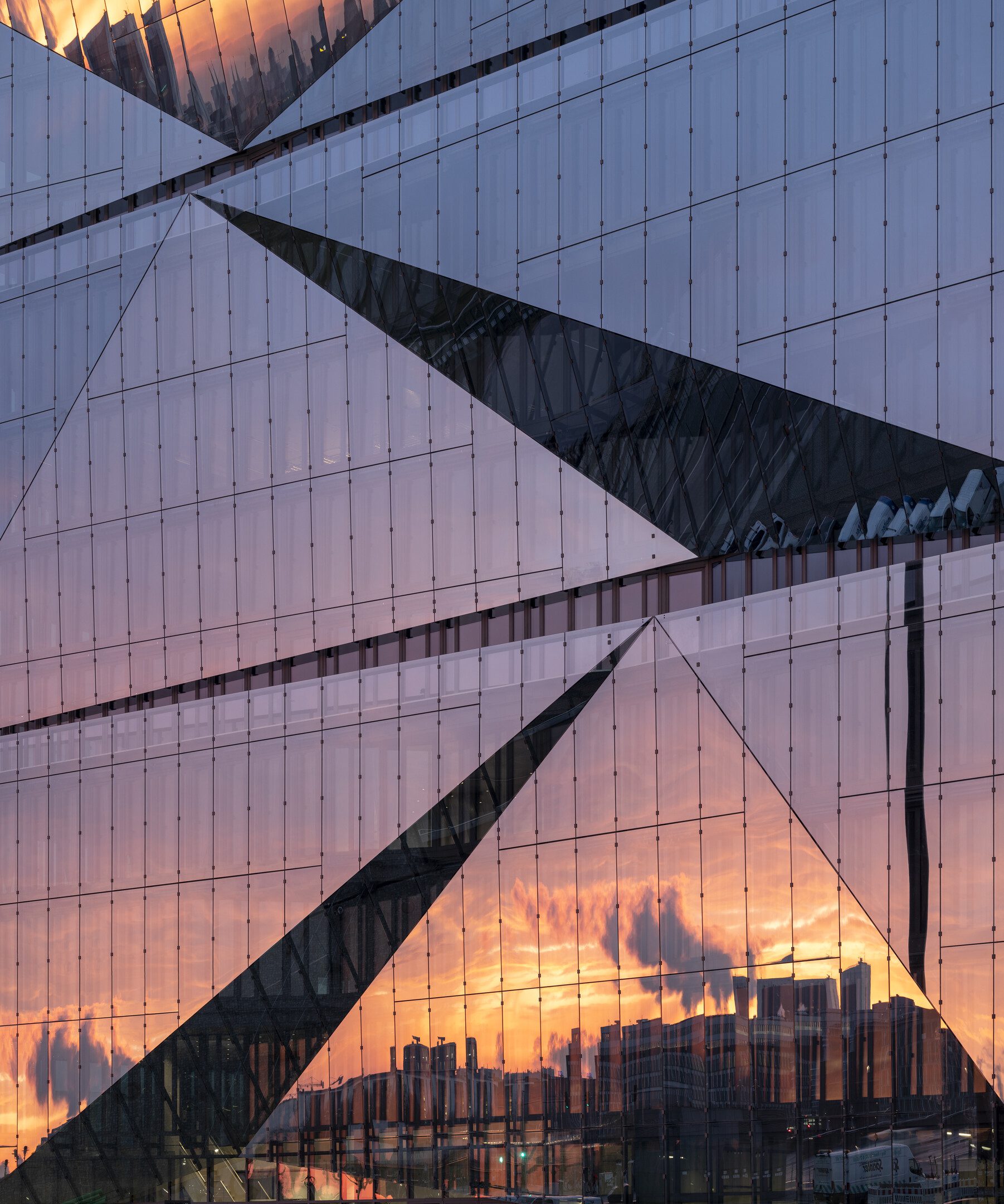
Cube Berlin | Photo: Adam Mørk
For further information you can contact our experts, by visiting us at:
Official Website / https://www.guardianglass.com/ap/en
Official Facebook / https://www.facebook.com/guardianglassap
Email / guardiansupport@guardian.com

